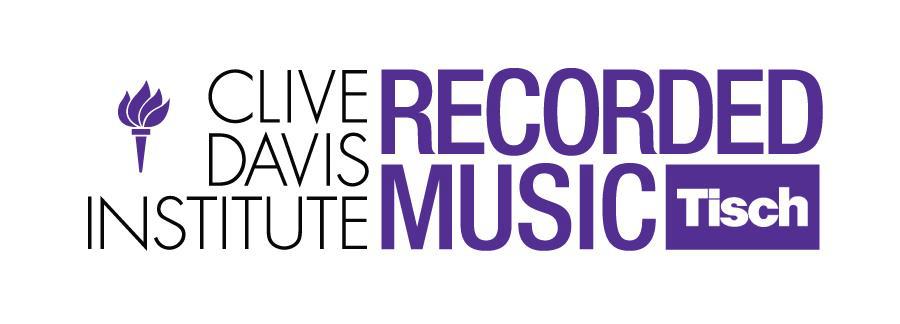Thanks to Ben Mink and Michael Beinhorn, brilliant producers who came to my class at NYU’s Clive Davis Institute to discuss their creative roles in the recording process.
Michael told us how he had to send Soundgarden home to write more songs, pushing them to a career high with Superunkown. Ben played us traditional klezmer music, which influenced him early on, and drew a direct line to the chorus of kd lang’s hit, “Constant Craving,” which was then co-opted by the Rolling Stones in their song, “Anybody Seen My Baby?”
It pained me to tell them we were out of time.
Ben Mink
http://www.benmink.com
Ben Mink’s wide range of recording collaborations includes Feist, k.d. lang, Rush, Alison Krauss, Daniel Lanois, Roy Orbison, Elton John, Heart, the Klezmatics, Wynona Judd, Method Man, and many more.
He has been nominated for nine Grammies, winning twice for his work with k.d. lang. In 2007, he was co-nominated for his work on Feist’s 1234, which gained global popularity in the rollout campaign for the iPod Nano. In 2011, the TV series Glee used Ben’s composition “Constant Craving,” performed by Chris Colfer, Idina Menzel and Naya Rivera.
Mink has lectured on such topics as “The Music Business vs. the Creative Process,” at the University of British Columbia, Western Washington University and Simon Fraser University. He has also worked with students as an associate of UBC’s Department of Mechanical Engineering (robotics) and is an associate member of the Institute for Computing, Information & Cognitive Systems.
Michael Beinhorn
http://michaelbeinhorn.com/
Michael Beinhorn’s production has played a primary role in creating career-defining records for artists including Marilyn Manson, Herbie Hancock, Soundgarden, Korn, Soul Asylum, The Red Hot Chili Peppers, Mew, The Bronx, Black Label Society, and Hole, among many others. He has received numerous Grammy nominations, including “Producer Of The Year” for his work on Celebrity Skin by Hole and Mechanical Animals by Marilyn Manson.
He helped to create the “Ultra Analog” recording format, which uses two-inch tape recorded at 7.5 ips in order to bring out the low end of the sound spectrum. In 2015, he published Unlocking Creativity: A Producer’s Guide to Making Music and Art (Hal Leonard), which outlines his personal experience with the creative process.
SO COOL!: Early in his career, he performed on jazz musician Herbie Hancock’s Future Shock album, which contained the hit single “Rockit,” regarded as one of hip-hop’s seminal hits and the first release to contain recorded DJ scratching.

